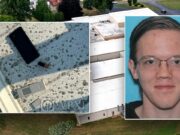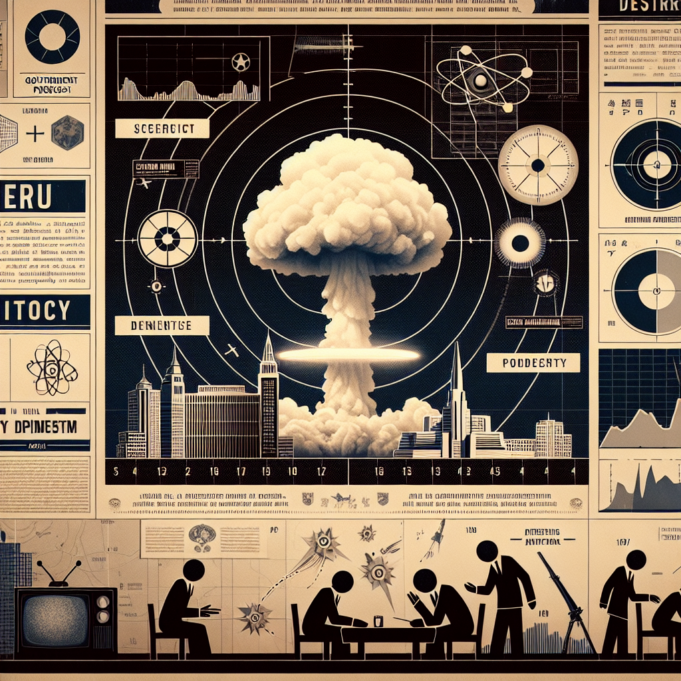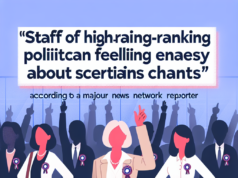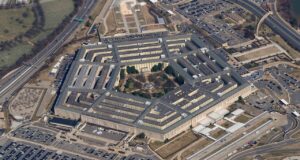On August 6, 1945, the United States detonated an atomic bomb over the Japanese city of Hiroshima. Just three days later, on August 9, another bomb was released over Nagasaki.
The immediate impact of the bombs resulted in the loss of thousands of lives, with many more succumbing to radiation and injuries in the subsequent weeks.
The bombings precipitated Japan’s surrender, marking the conclusion of World War II—a conflict that resulted in the deaths of 418,500 American civilians and military personnel, according to The National WWII Museum.
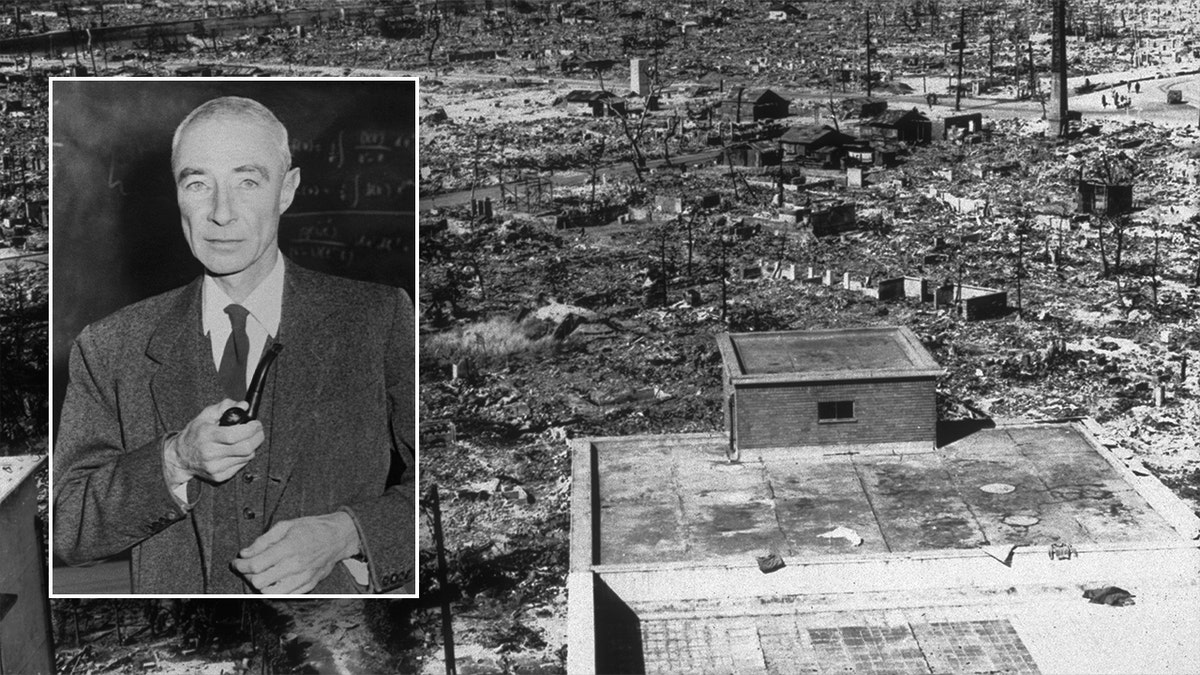
Theoretical physicist J. Robert Oppenheimer was instrumental in the development of the atomic bomb. (Getty Images I Hulton Archive/Getty Images)
ADVOCATES: MORE INDIVIDUALS AFFECTED BY MANHATTAN PROJECT CHEMICALS SHOULD RECEIVE COMPENSATION
The contentious choice to deploy atomic bombs on Japan continues to spark discussions today.
Here is additional information regarding the creation of the atomic bomb and the casualties linked to its use.
- Who created the atomic bomb?
- How many lives were lost as a result of the Hiroshima bombing?
- What prompted the U.S. to bomb Hiroshima?
1. Who created the atomic bomb?
The atomic bomb was produced under a covert government program known as the Manhattan Project, as per the U.S. Department of Defense. Army Lt. Gen. Leslie Groves led the initiative and appointed theoretical physicist J. Robert Oppenheimer to oversee the physics component of the bomb’s development.
AL JAZEERA VIDEO CRITICIZING ‘OPPENHEIMER’ FOR NOT ADDRESSING U.S. ‘WAR CRIMES’ AGAINST JAPAN BECOMES VIRAL
Oppenheimer is often referred to as the “father of the atomic bomb.”
More than 130,000 individuals were enlisted in this highly classified effort to develop the first atomic bombs, according to the Department of Energy.

Cillian Murphy portrayed J. Robert Oppenheimer in the 2023 Oscar-winning biopic. (Universal Pictures)
The Manhattan Project had a budget exceeding $2 billion, as noted. The first nuclear test occurred on July 16, 1945, in a trial near Los Alamos, New Mexico, known as “Trinity,” and was deemed successful.
In 2023, Christopher Nolan’s film “Oppenheimer” was launched, revealing the story of the theoretical physicist who played a significant role in the invention of the atomic bomb.
‘OPPENHEIMER’ LAUNCHES IN JAPAN MONTHS AFTER U.S. RELEASE, TRIGGERING EMOTIONAL RESPONSES
2. How many lives were lost during the Hiroshima bombing?
Thousands perished as a result of the Hiroshima bombing, both instantly and from radiation-related illnesses in the aftermath.
The precise casualty figures from the Hiroshima bombing remain unclear. However, it is estimated that the bomb, known as “Little Boy,” killed around 70,000 people directly, according to History.com. Additional deaths from injuries and radiation sickness raised the total to over 100,000.
In the years that followed, many more succumbed to cancer and other long-term health effects associated with radiation exposure, as noted by History.com.
‘MINUTES TO HIROSHIMA’: THE ACCOUNT BEHIND THE ATOMIC BOMBINGS THAT ENDED WWII
Just three days after the Hiroshima bombing, a second bomb, named “Fat Boy,” was dropped on Nagasaki, estimating fatalities to be between 60,000 and 80,000, according to History.com. This includes individuals who died from immediate exposure as well as from prolonged radiation-related complications.
3. Why did the U.S. bomb Hiroshima?
The United States targeted Hiroshima during World War II to compel Japan to surrender quickly, thereby bringing the war to an end.
On August 6, 1945, the first atomic bomb was unleashed over Japan, striking the city of Hiroshima. This bomb weighed 9,700 pounds, and it was launched by The Enola Gay, a B-29 Superfortress. The second bomb was unleashed on Nagasaki just three days later.
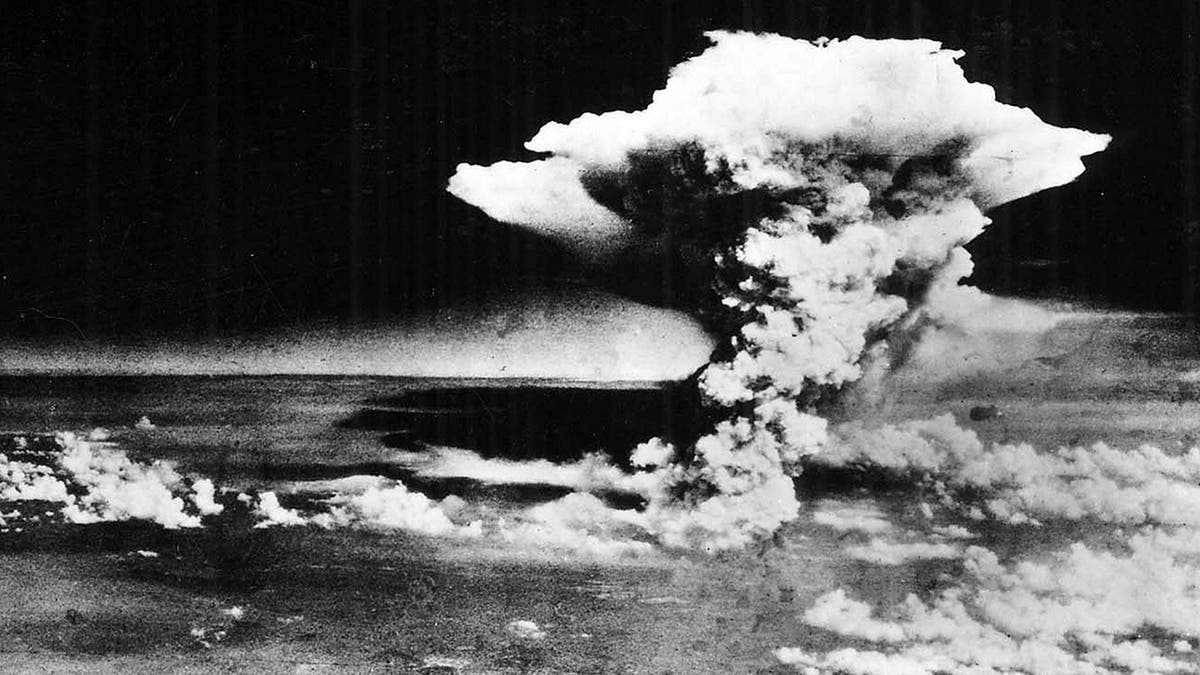
On August 6, 1945, an atomic bomb was detonated over Hiroshima, Japan. (Universal History Archive/UIG via Getty Images)
CLICK HERE TO DOWNLOAD THE FOX NEWS APP
The deployment of the atomic bombs ultimately resulted in the conclusion of the war, with President Truman declaring Japan’s surrender on August 14, 1945.
Discussions around Truman’s decision to use the bombs remain ongoing to this day.



